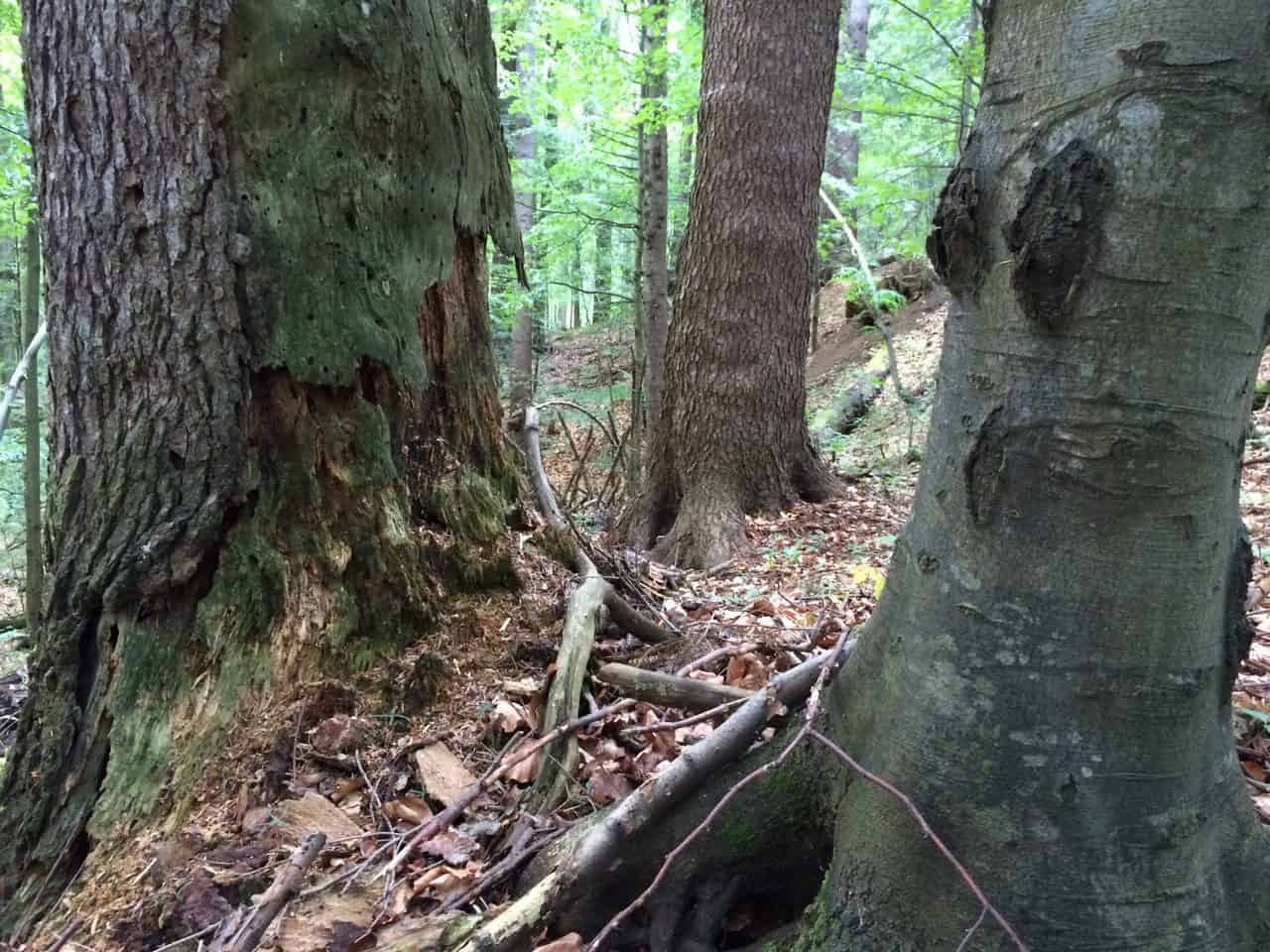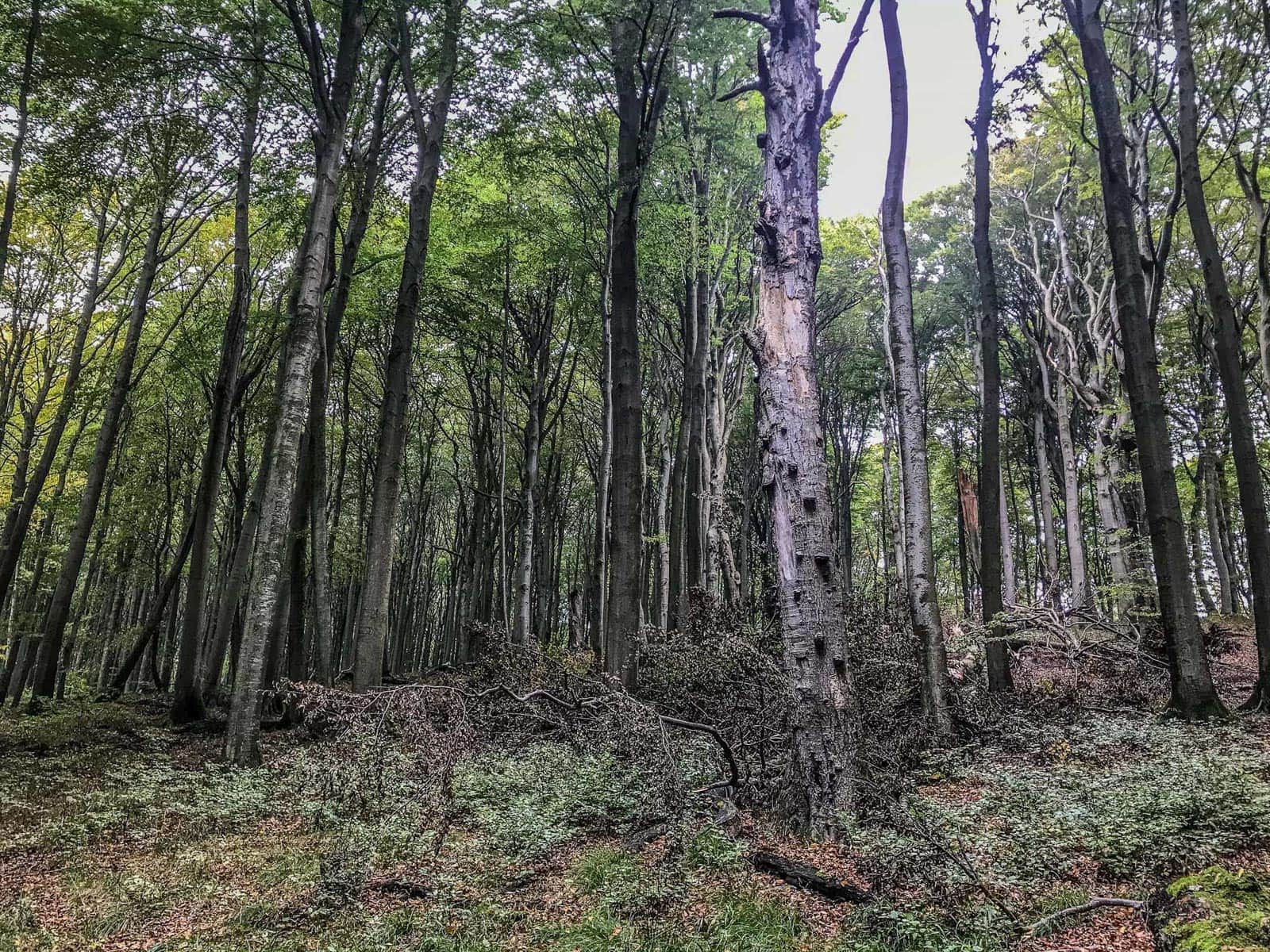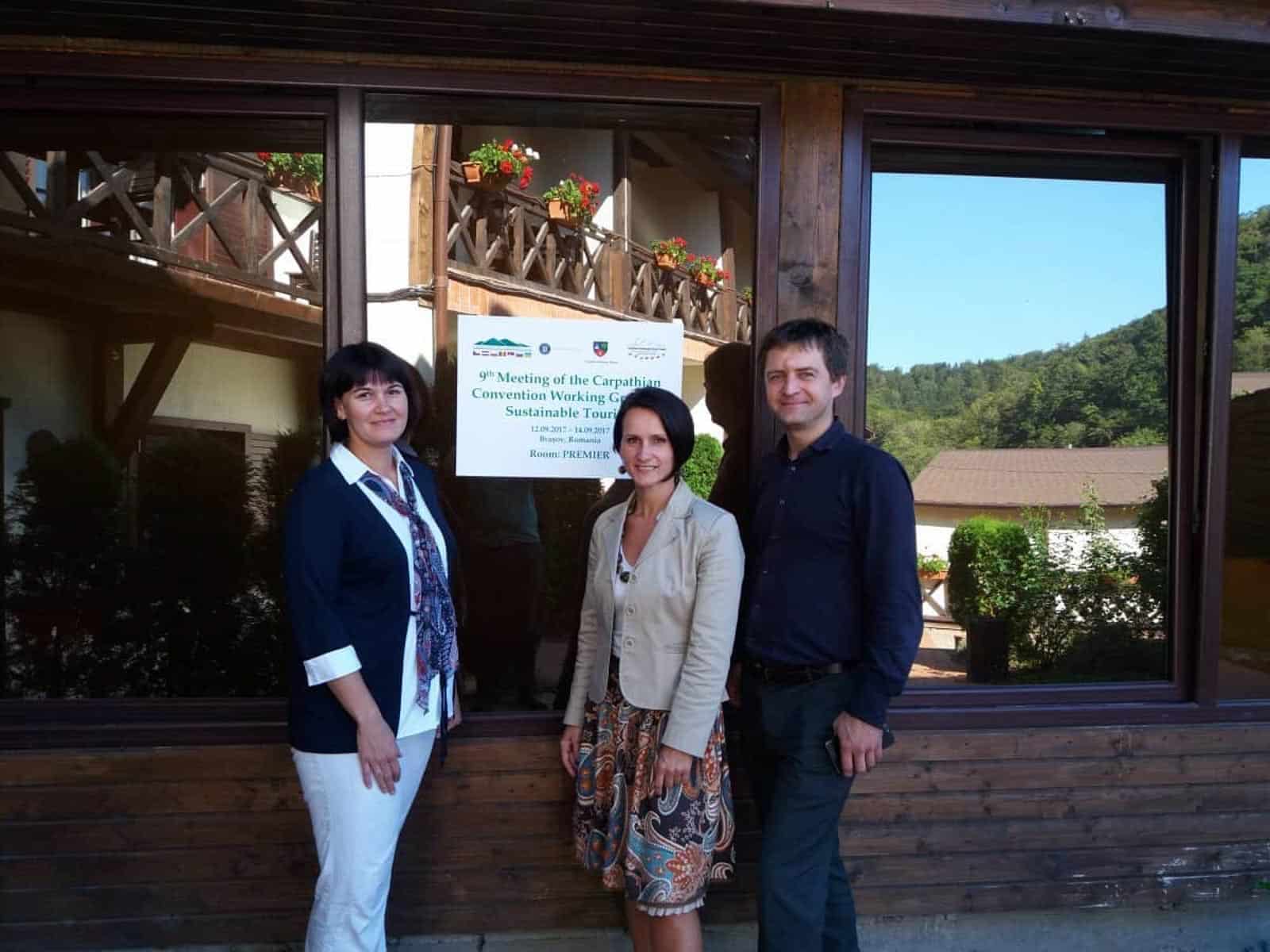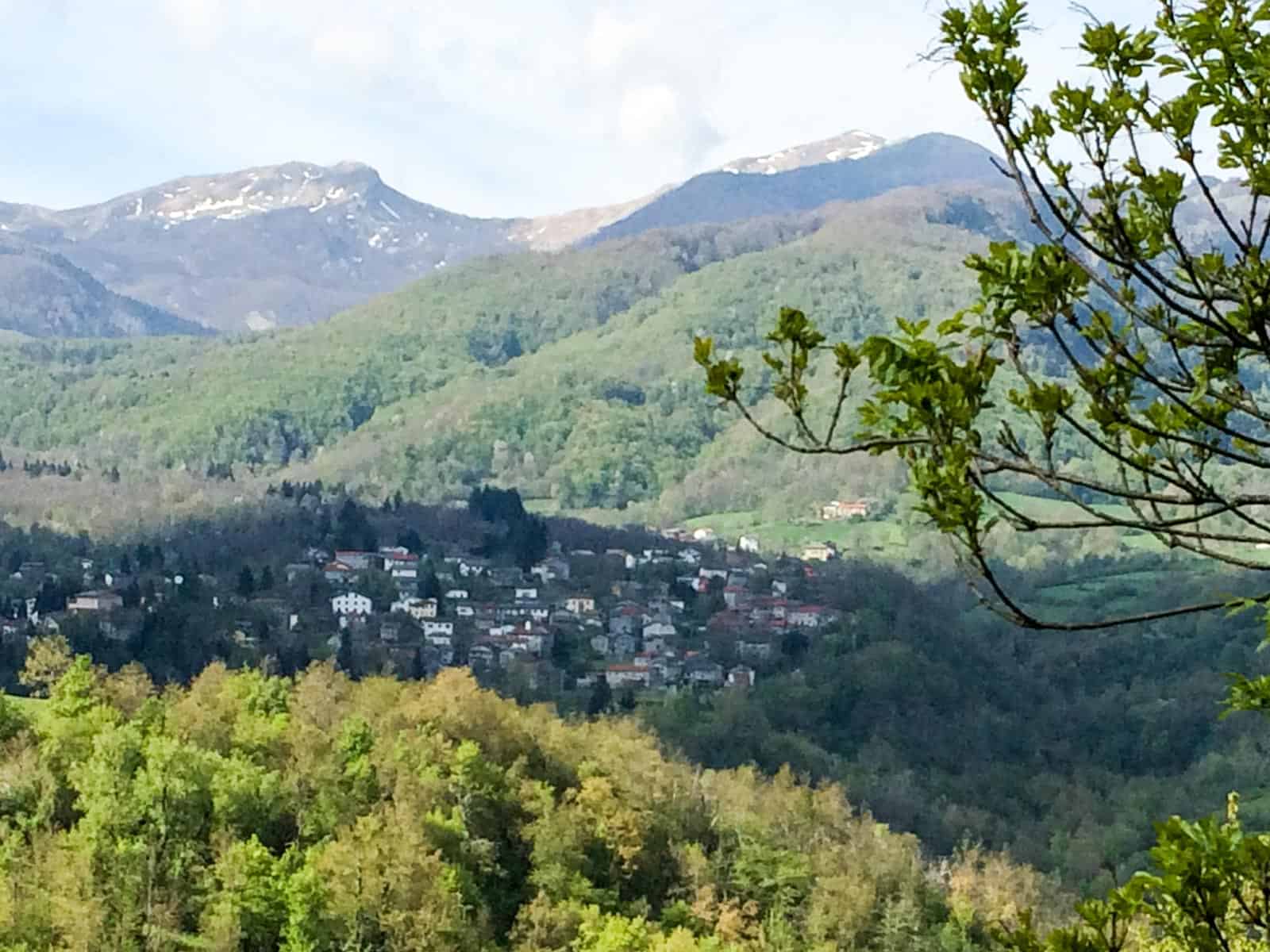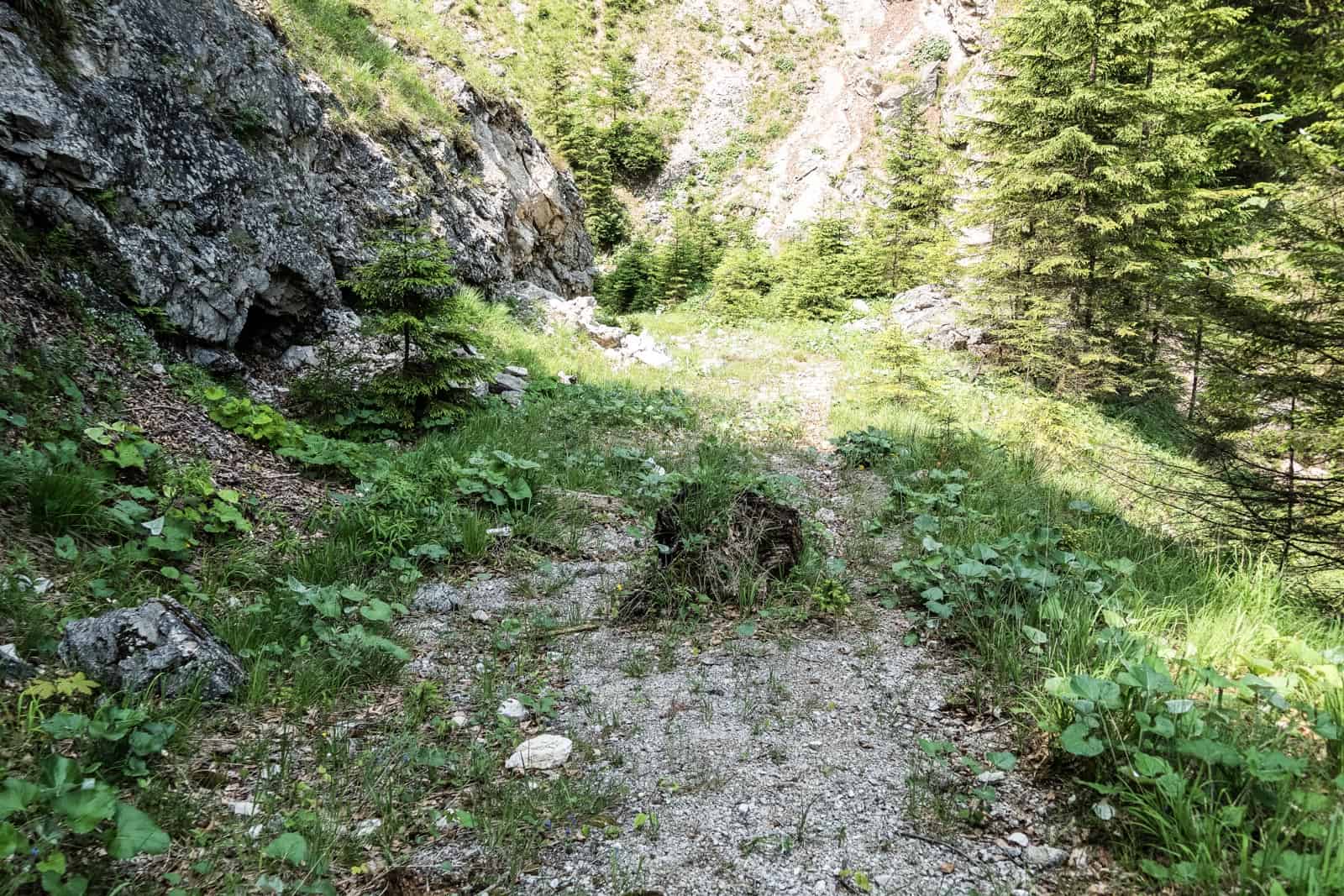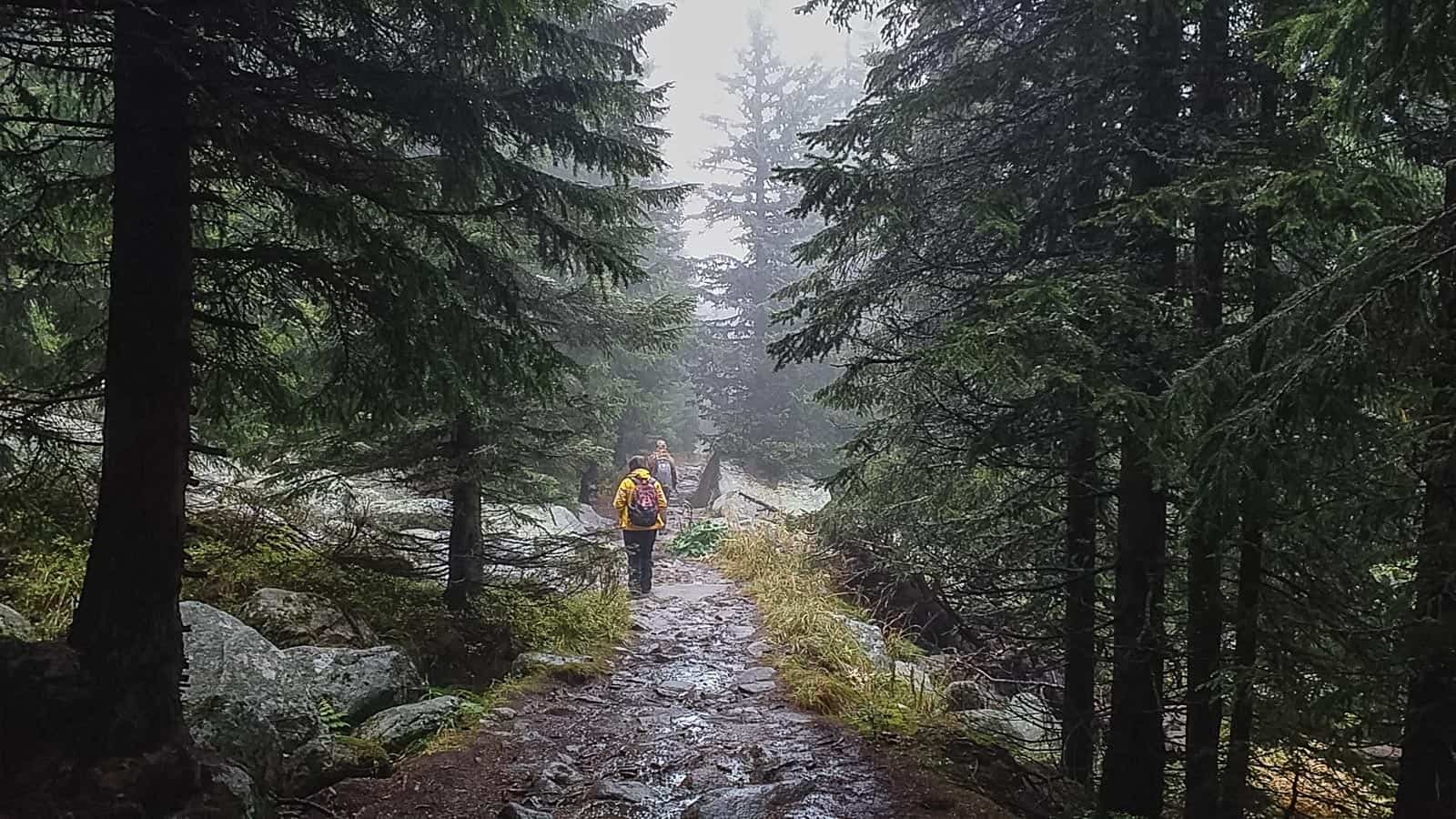Fedir Hamor’s new book describes his fight for primeval beech forests
The protection of Primeval European beech forests was a long process that stretched over several decades. This process is closely connected to the vast primeval forests in the Ukrainian Oblast of Transcarpathia and Dr. Fedir Hamor, a man who dedicated his life to protect these forests. Already in 1930, foresters from other parts of Europe like Switzerland discovered the that the beech forests of the Carpathians are special. There a few beech forests as ancient and beautiful left elsewhere in Europe. In the 1980s, the movement to protect primeval forests and promote close-to-nature forestry gained momentum. Naturally, experts looked east to Transcarpathia to find examples for primeval beech forests.
Please also read: Success in protecting a UNESCO World Heritage Beech Forest
This lead to the creation of the UNESCO Carpathian Biosphere Reserve in 1992 and the designation as a UNESCO Natural World Heritage in 2007. Dr. Fedir Hamor played an important role in this process. He spent his whole life in Transcarpathia and became the director of the Biosphere Reserve in 1987. He actively worked on enlarging it, strengthening research and gaining international recognition, which made the recognition by UNESCO possible. Hamor relentlessly fought for the primeval beech forests of Transcarpathia against all political odds in the Soviet Union and Ukraine. He also realised early on that only international recognition and cooperation can effectively protect the last primeval beech forests of Europe.
Last year, Dr. Fedir Hamor published a wonderful book summarising this demanding and long journey.
Important book
The book addresses crucial issues in the history of designation and management of the transnational serial UNESCO World Heritage Property ‘Ancient and Primeval Beech Forests of the Carpathians and Other Regions of Europe‘. Attention is drawn to the international scientific forums that have laid the basis for the preparation of this nomination and the deployment of a European process for the preservation of old beech forests.
Here is presented the ten-year experience of European environmental cooperation and the views of Swiss, German and Ukrainian experts on the problems of conservation of primeval forests. The state of execution of the Ukrainian President’s and the Government’s acts on beech primeval forests conservation as an object of Heritage and the sustainable development and improvement of the mountain settlements adjacent to them are analyzed.
The main international and Ukrainian legal acts regulating the UNESCO World Heritage protection and some other archival materials are also provided. Intended for scientists, specialists and activists in the field of nature nature protection, employees of government and local self-government bodies and the general public.
Description of the book
Continuing Fedir Hamor’s fight
Just like Dr. Fedir Hamor, the European Wilderness Society dedicates its work to protect remaining primeval beech forests across Europe. The £designation as a UNESCO Natural World Heritage in 2007 and the enlargement of the heritage in 2011 and 2017 are an important step. But they have to be accompanied by sustainable management. This is why are involved in the Interreg project BEECH POWER. It aims to develop standardized sustainable mangement of the heritage sites and areas around it. This empowers local communities and is the foundation for further positive development. With the European Beech Forest Network, this work is also extended to forests, that are not part of the world heritage.
The Ukrainian government also committed to protect the primeval forests in Transcarpathia in 2018.
Only by maintaining harmony between men and nature, it is possible to secure a future for our civilization.

Uniqueness of beech forest
Beech is the dominant tree species throughout Europe, and if there was not human activity, beech forests would dominate the landscape of the central part of our continent. Interestingly, this the beech has survived in the last ice age only in small refuge areas in the south and south-east of Europe, and then quickly colonized large areas of the continent once again.

